
How to Remove Office Chair Wheels? Comprehensive Guide
Table of Contents
Uneven rolling occurs when the wheels on the caster wear down. Replacing the caster wheels can be done in a matter of minutes, making it unnecessary to replace the whole chair. Since the casters don't have a fastener attached, you can easily detach them if you apply enough force. Sometimes, you can remove the casters manually. Do you wish to do the same? These instructions show you how to take the wheels off the office chair and replace them effectively.
Why Replace Office Chair Wheels?
Common Issues with Casters:
- Floor Scratching: Caster wheels can scratch up hardwood floors or leave marks on carpets.
- Immobility: Wheels that no longer roll properly, making the chair difficult to move.
- Damage: Cracked or broken casters that can affect chair stability and usability.
Replacing the wheels can solve these issues without the need for a new chair.
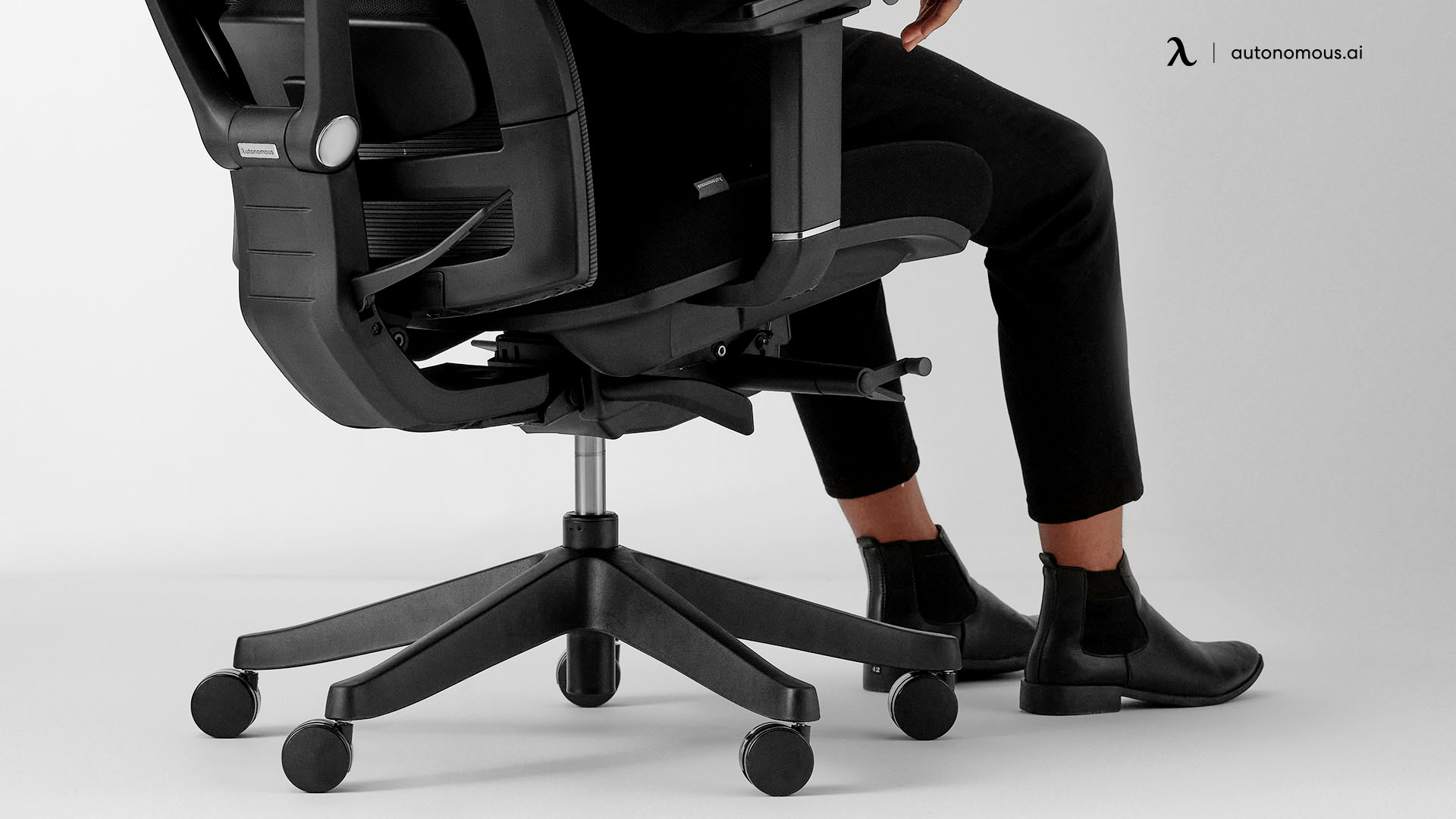
Step-by-Step Guide to Removing Office Chair Wheels
1. Prepare the Tools and Area:
- Tools Needed: Pry bar, flat head screwdriver, work gloves or a towel for better grip, lubricating oil, and optionally a rubber hammer.
- Prepare the Area: Turn the office chair upside down and spread a thick towel or old blanket on the floor to prevent scratches and chips. Ensure the chair is in a stable position to avoid falls during the removal process.
2. Determine the Type of Casters:
- Inspection: Look at the caster wheels to determine how they are installed. Some casters are installed using screws, while others use stems. Understanding the caster type helps in applying the right removal technique.
3. Remove Threaded Casters:
- Twist Method: If your chair has threaded (screw) casters, twist them clockwise to loosen and remove them.
4. Remove Grip Stem Casters:
- Lubrication: Apply a few drops of lubricating oil onto the caster stem where it inserts into the chair.
- Manual Removal: Hold onto the leg of the chair with one hand and grip the caster wheel with the other. Pull the wheel out using a bit of force.
- Using Tools: If the wheel doesn’t move, use a flat head screwdriver to gently pry the caster out. You can also use a rubber hammer to tap the screwdriver for additional leverage.
5. Dealing with Stuck Casters:
- Improvised Tools: If the caster is rusted or stuck, use tools like a kitchen knife, scissors, or a pry bar to lift the wheel out of the socket.
- Screwdriver Method: Insert a flathead screwdriver between the wheel and the base of the chair. Push gently and slowly until the caster begins to move. Adjust the angle if necessary to get more leverage.
- Pry Bar Method: Position the pry bar over the stem and pull the caster wheel upward. Apply oil if needed and let it sit for a few hours before trying again.
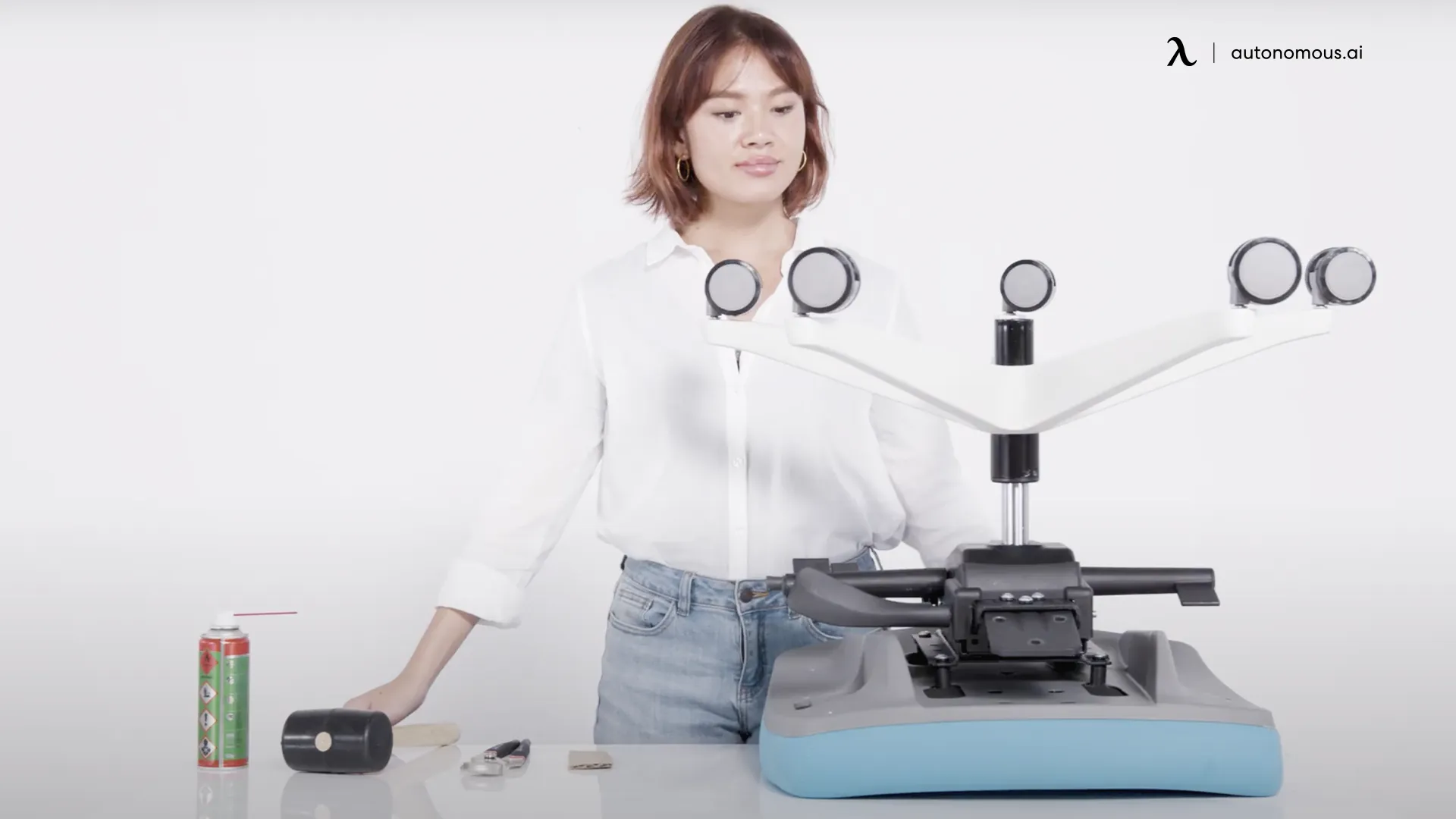
Adding the New Casters
1. Verify the Stem Type and Size:
Before buying new wheels, you’ll want to match the stem type and size exactly.
- Grip Ring Stem: Smooth cylindrical stem with a metal ring near the top
- Grip Neck Stem: Slightly wider top, common in wooden chairs.
- Threaded Stem: Like a bolt, it screws into the base
- Plate Mount: A flat square or rectangular mounting plate with screw holes
- U-Bracket: Rare; used in specific or antique models
2. Install the New Casters:
Now that you've got the right wheels, let’s get them in.
For Grip Stem Casters:
- Line up the stem with the socket hole in the chair leg.
- Push the new office chair replacement wheels firmly until you hear or feel a click—that click means the grip ring has snapped into place.
- If it’s tight, you can apply a few drops of lubricant or tap it gently with a rubber mallet to help seat it without damaging the stem.
For Threaded Casters:
- Line up the threads and screw them into the leg by hand.
- Turn until they’re snug—don't overtighten or you might damage the threading.
- A gentle turn with pliers can finish the job, but avoid cranking down too hard.
Make sure each wheel is fully seated before moving on to the next.
3. Test the Chair:
Once all the casters are installed:
- Carefully flip the chair upright.
- Press down with your hands and then sit gently to test how each wheel responds.
- Roll forward, backward, and pivot in a circle to check for smooth movement and stability.
- If a caster feels wobbly or loose, re-seat it firmly or double-check that the stem is the right size.
Take a few moments to check that the wheels aren't scratching the floor or catching on carpet. If so, you may want to upgrade to casters better suited to your flooring.
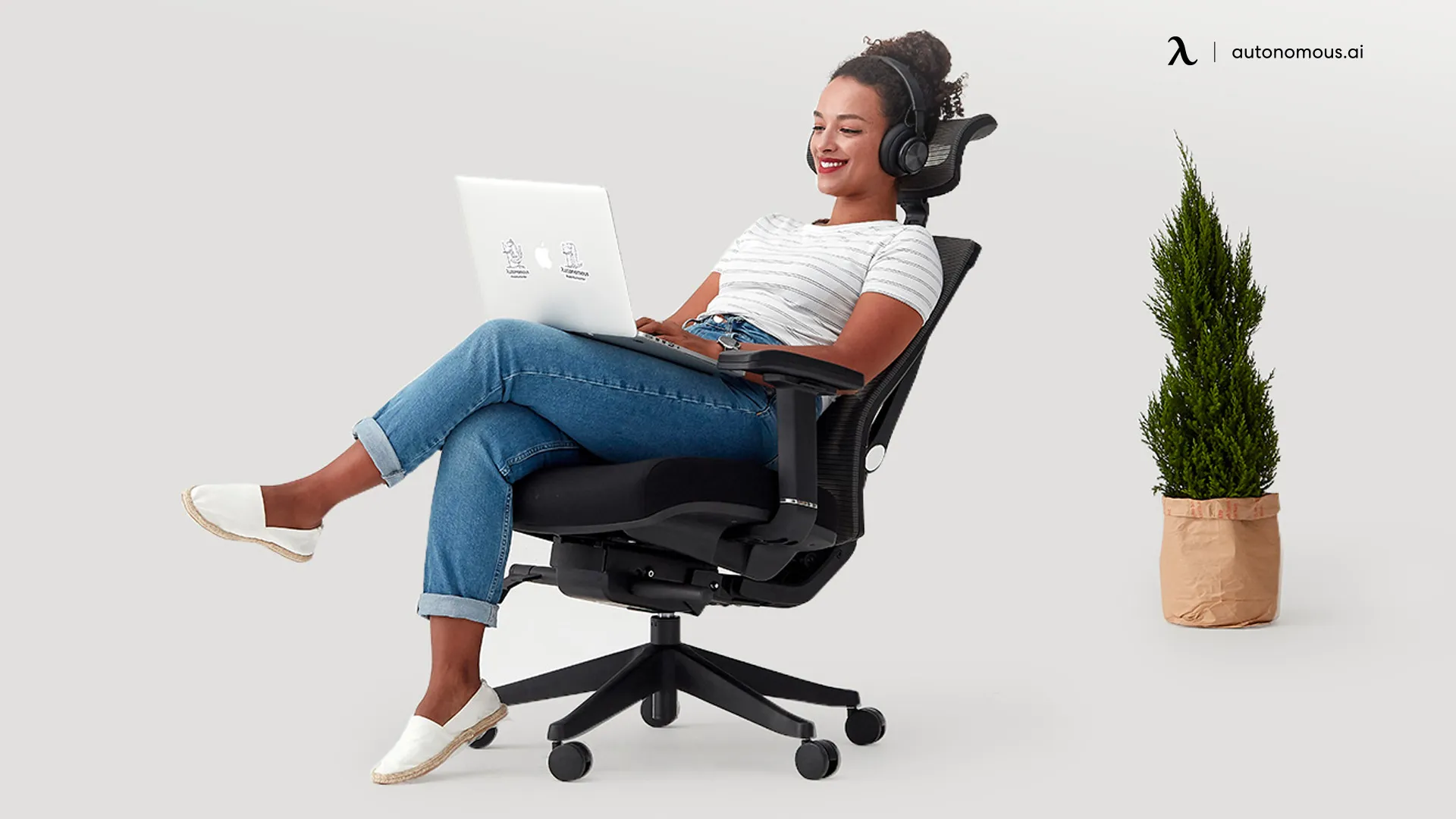
When to Replace Your Casters
If you're not sure whether it’s time to swap out your casters, here are a few red flags that suggest it's overdue:
Signs for Replacement:
- Cracked, broken, or stuck casters: Casters in poor condition should be replaced to prevent damage to the chair and floor.
- Floor Damage: Casters that leave streaks or damage the floor need immediate replacement.
- Hair and Debris: Casters tangled with hair and debris can affect mobility and should be cleaned or replaced.
Benefits of Replacing Casters:
- Prevent Further Damage: Replacing faulty casters can prevent additional damage to the chair and flooring.
- Enhanced Mobility: New casters ensure smooth movement and reduce noise.
- Safety: Reduces the risk of accidents caused by unstable or immobile chairs.
In many cases, users ignore these signs until damage has already occurred—either to the chair, their flooring, or their own posture. Replacing casters early helps you avoid unnecessary repair costs, ergonomic discomfort, and frustrating mobility issues. It’s a small part, but it plays a big role in how your chair performs.
Also, if you recently changed your flooring (say, from carpet to hardwood), your current casters might no longer be appropriate. Swapping them for a different type better suited for the new surface will protect both your floor and your chair over time.
Additional Tips to Prevent Rolling Issues
1. Consider Locking Casters:
- Lock Mechanism: Locks hold the wheels in place, preventing unwanted rolling, regardless of floor slope or wheel polish.
2. Use an Area Rug:
- Grooved or Fiber Area Rug: Helps anchor the wheels in place, especially on slanted or glossy floors.
- Rubber Underpad: Prevents the rug from sliding on smooth floors.
3. Place Stoppers Under Casters:
- Stopper Size: Ensure the stopper fits the casters properly to prevent movement and protect the floor.
4. Remove Office Chair Wheels:
- Alternative to Rolling: Consider replacing casters with glide stems for more stability if rolling issues persist.
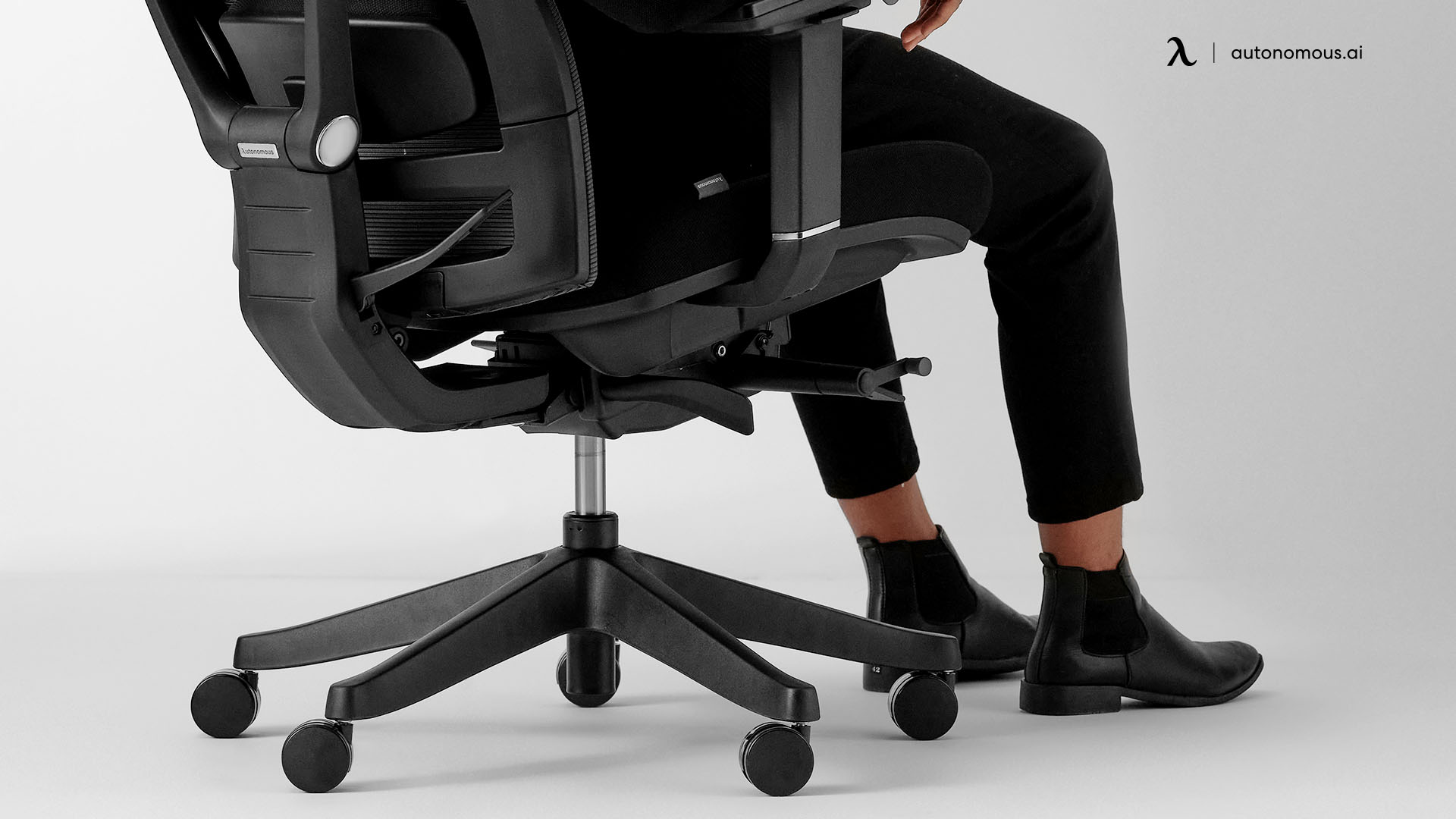
How to Choose the Right Replacement Casters
Factors to Consider:
- Wheel Diameter: Common sizes are 2”, 2.5”, and 3”. Larger wheels roll more easily on carpets, while smaller wheels may be better for hard floors.
- Caster Type: Single-wheel casters are simpler and more reliable, while twin-wheel casters distribute weight more evenly.
- Material: Polyurethane is ideal for smooth motion and minimal floor damage, suitable for various flooring types.
- Floor Compatibility: Choose casters based on the flooring type—carpets, hardwood, tiles, etc.

FAQs
1. How do you take the wheels off an office chair?
To remove office chair wheels (casters), flip the chair upside down on a stable surface.
For grip stem casters, pull the wheel firmly by hand or use a flathead screwdriver to pry it out gently. For threaded casters, twist the wheel clockwise until it loosens. If the caster is stuck, apply lubricating oil and let it sit before trying again.
2. How to get the wheel base off an office chair?
Removing the entire wheel base (also called the chair base or five-star base) involves more than just pulling off the casters.
First, remove all wheels from the base. Then, place the chair upside down and locate the gas lift cylinder in the center. Use a rubber mallet to gently tap around the cylinder base until it loosens from the chair. Once detached, the wheel base will come off easily.
3. Are all the office chair wheels replaceable?
Most office chair wheels are replaceable, especially if the chair uses standard caster designs. However, some older or specialized models may have non-standard stems or proprietary mounting systems.
Always inspect your chair’s wheel configuration and measure the stem before purchasing replacements.
4. How to remove caster socker?
To remove a caster socket (the part that holds the caster stem inside the chair leg), first remove the caster itself. Then, use needle-nose pliers or a flathead screwdriver to grip and carefully pry the socket out of the chair base.
If it’s stuck due to debris or rust, apply lubricant and gently work it out using small, consistent pressure. Be cautious not to crack the plastic housing around the socket.
5. Can I replace the office chair casters myself?
Yes, you can. Almost all modern office chairs come with casters that are designed to be user-replaceable. As long as you follow the steps outlined above and have the right tools, it's a simple and affordable DIY project.
6. Will casters fit my chair?
As long as you’ve identified the correct stem type and size—such as grip ring, threaded, or plate mount—you should feel confident in choosing a compatible replacement. Be sure to measure both the diameter and length of the caster stem before ordering.
7. When do I need to replace my office chair casters?
Replace your casters if they show signs of:
- Cracks or broken parts
- Difficulty rolling or rotating
- Loud squeaking or grinding sounds
- Tangled debris that cleaning doesn’t fix
- Damage to your floor from wheel marks or scuffs
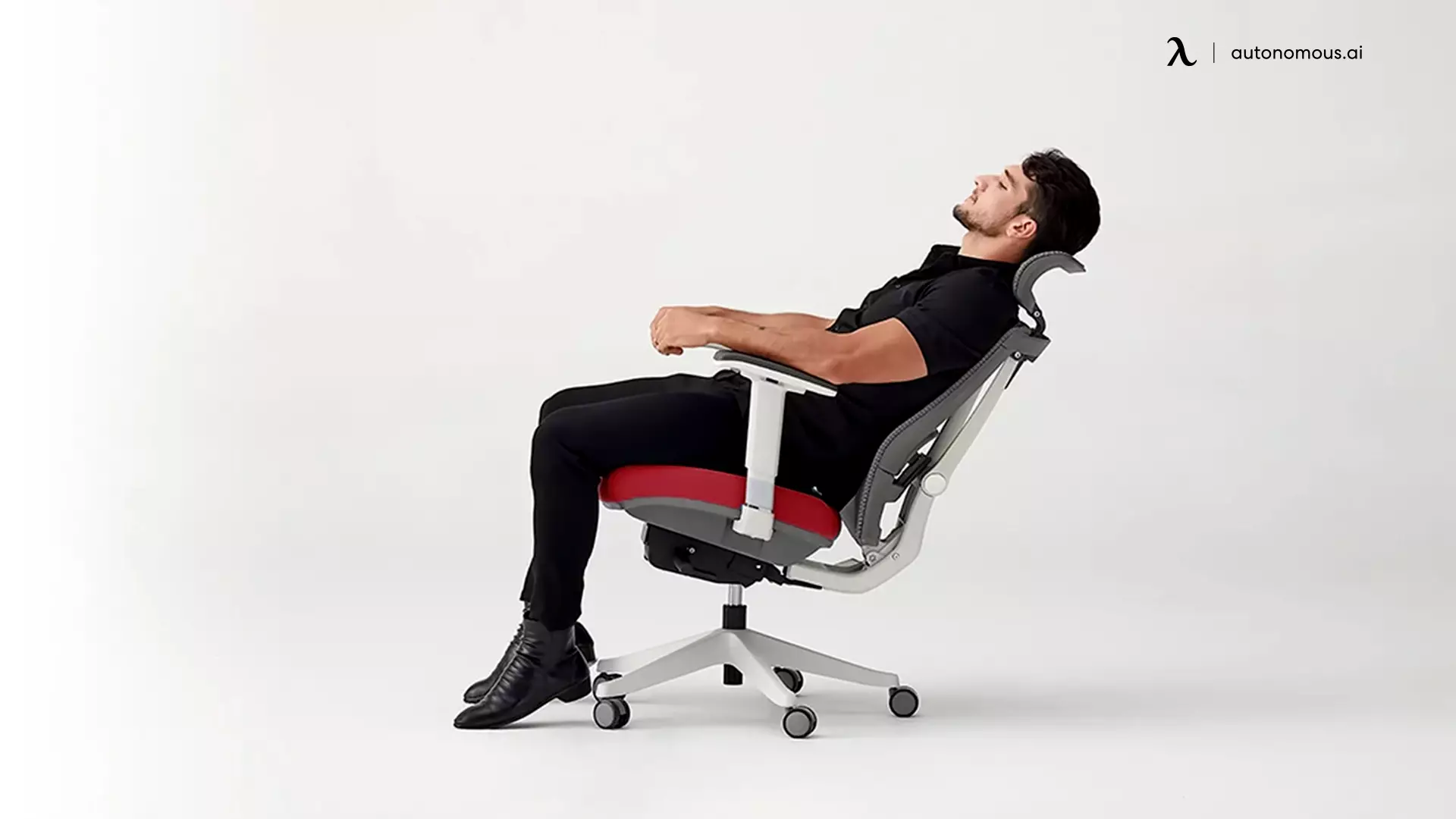
Conclusion
Replacing office chair casters is a simple and cost-effective way to improve your chair's performance and protect your floors. Whether dealing with worn-out wheels or looking for an upgrade, following these steps ensures a smooth and successful replacement process. Regular maintenance and timely replacement of casters can extend the life of your office chair and enhance your workspace's functionality and safety.
.svg)







